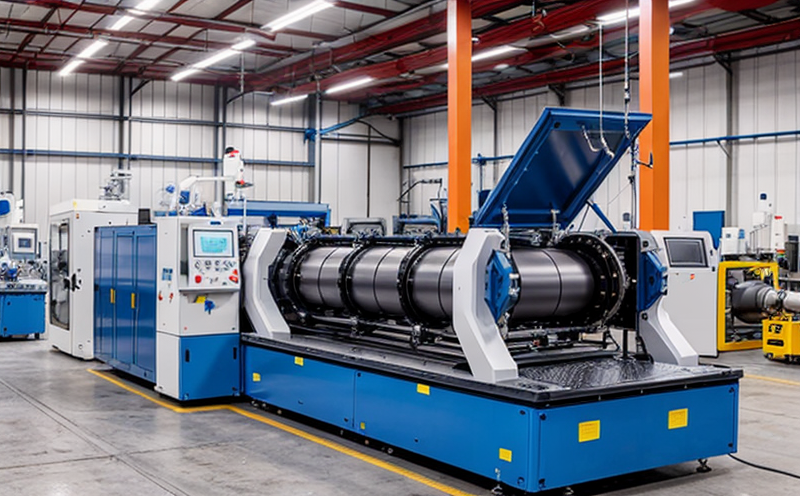The Complex World of Medical Device Manufacturing: Ensuring Quality and Compliance
In todays fast-paced medical industry, the demand for innovative and reliable medical devices continues to grow exponentially. From implantable devices to diagnostic equipment, the production process requires meticulous attention to detail, rigorous quality control measures, and adherence to stringent regulatory guidelines.
Overview of Medical Device Manufacturing Process
The manufacturing process of medical devices is a multi-faceted, intricate process that involves several stages:
1. Design and Prototyping: The initial stage includes conceptualizing and designing the device, creating prototypes, and testing its functionality.
2. Material Selection: Selecting suitable materials for the device, considering factors like biocompatibility, durability, and ease of manufacturing.
3. Manufacturing Process: Applying various production techniques such as 3D printing, machining, or injection molding to create the device.
4. Testing and Quality Control: Conducting rigorous testing, including material characterization, functionality, and safety testing.
5. Packaging and Shipping: Final preparation for distribution, which includes packaging, labeling, and shipping.
Key Manufacturing Processes in Medical Device Production
Intricate manufacturing processes include:
3D Printing (Additive Manufacturing): A layer-by-layer process that enables the creation of complex geometries and customized devices.
- Benefits:
- High accuracy and precision
- Reduced material waste
- Increased design flexibility
- Challenges:
- Limited resolution and surface finish quality
- Potential for contamination or defects
Machining (Subtractive Manufacturing): A process that uses cutting tools to remove excess material from a workpiece.
- Benefits:
- High precision and accuracy
- Wide range of materials suitable
- Quick production times
- Challenges:
- Potential for defects or contamination
- Limited design flexibility
Material selection considerations:
Biocompatibility: Ensuring the device does not cause adverse biological reactions.
Sterilizability: Ability to sterilize the device without compromising its structure or function.
Durability: Withstanding repeated use, cleaning, and storage.
Regulatory Compliance in Medical Device Manufacturing
Medical devices are subject to strict regulatory guidelines, ensuring public safety. Regulatory bodies like the FDA (US), CE Marking (EU), and ISO standards govern various aspects of device production:
1.
Device classification: Determined by factors such as risk level, intended use, and technology employed.
2.
Quality system requirements: Adherence to Good Manufacturing Practice (GMP) guidelines, design control, and risk management principles.
3.
Labeling and packaging compliance: Correct labeling, instructions for use, and packaging that meets regulatory standards.
QA: Medical Device Manufacturing Process
1. Q: What are the key factors in choosing materials for medical devices?
A: Biocompatibility, sterilizability, durability, and material properties like corrosion resistance and stability.
2. Q: Can you explain the difference between 3D printing (additive manufacturing) and machining (subtractive manufacturing)?
A: Additive manufacturing builds a device layer by layer, while subtractive manufacturing removes excess material using cutting tools.
3. Q: What are the primary considerations when selecting a manufacturing process for medical devices?
A: Speed, cost-effectiveness, accuracy, precision, material properties, and regulatory compliance.
4. Q: How do regulatory bodies ensure public safety through quality system requirements in medical device production?
A: By enforcing Good Manufacturing Practice (GMP) guidelines, design control principles, and risk management procedures.
5. Q: What are some common challenges faced during the packaging and shipping process for medical devices?
A: Contamination, damage during transportation, and incorrect labeling or documentation.
6. Q: Can you discuss the importance of testing and quality control measures in the manufacturing process?
A: Testing ensures device functionality, safety, and performance meet regulatory requirements, while quality control measures prevent defects and contamination.
In Conclusion
Medical device manufacturing involves intricate processes, rigorous quality control measures, and adherence to regulatory guidelines. Understanding key considerations in design, material selection, and production techniques can lead to the creation of innovative, reliable devices that improve patient care.

































